What Makes an Effective Remote Digital Learning Program?
MIND Research Institute
MAY 26, 2020
Current recommendations for the amount of time kids should be engaged in education activities per day varies, but some common guidelines are 1-3 hours per day for K-8 (60-90 minutes through grade 2, 120 for grades 3-5, and 180 for grades 6-8). ST Math Webinar Page. 8 Factors to Look For. Additional Resources: Free Access to ST Math.

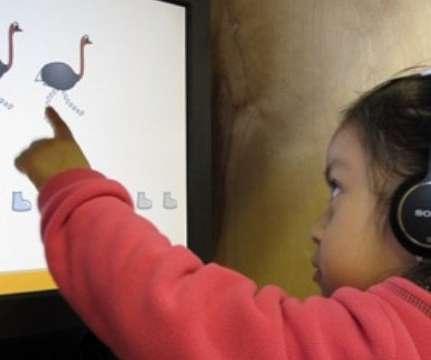
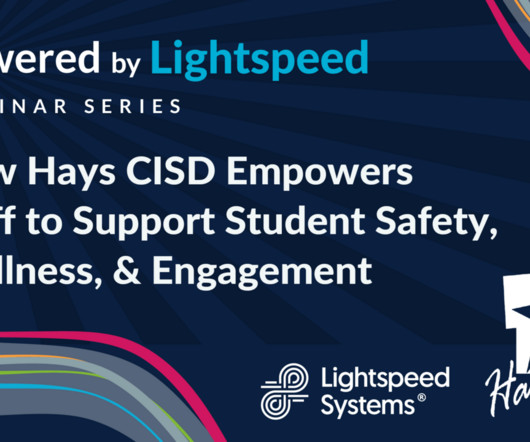
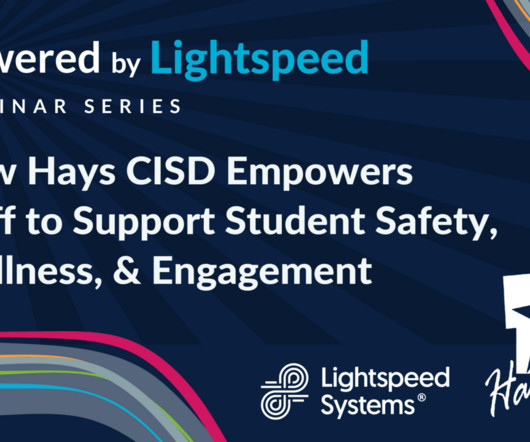
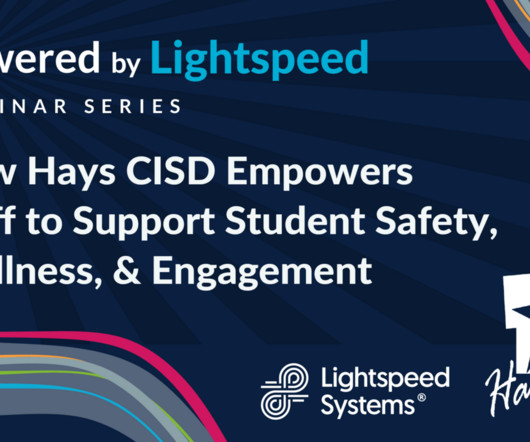



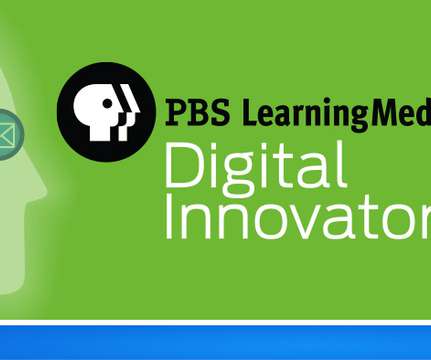










Let's personalize your content